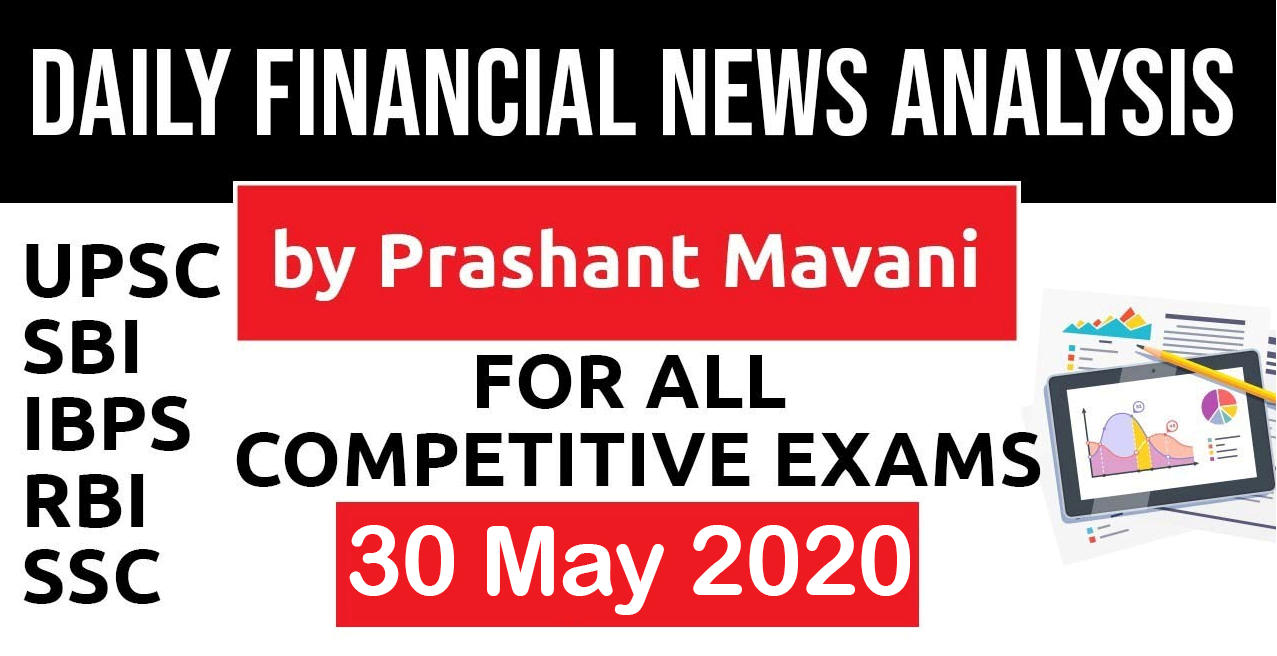Table of Contents
Sustainablility and blended finance
- Our planet does not possess the resources required for us to maintain our current consumption patterns.
- Sustainability is becoming mainstream.
- The estimated growth in global population to 10 billion in the not too distant future is an added headwind.
- Driving efficiencies in resource usage.
- Reduce the carbon footprint.
- Sustainability is translating into necessary assets that would need funding.
- Fuel-efficient cars
- Migration of public transport to e-vehicles
- High-speed rail in place of airlines
- Urban Mass Rapid Transit trains substituting fuel-run vehicles
- Micro grids for far-flung communities instead of diesel generators
- These assets are funded either by the Government or by concessional loans from development financial institutions.
- Public capital is not going to fulfil the need for the trillions of dollars of investment the planet requires to scale up projects that would usher in the desired sustainability goals.
- Private capital is not interested in such projects.
- Do not offer commercially-viable returns
- Owing to high upfront costs
- Long payback
- Remote location of some projects
- Nascent technologies and in certain cases
- Political uncertainties
- Weak institutional frameworks
- Blended finance: public sector and philanthropic monies as catalytic capital to raise multiples of private sector monies.
- Yields substantial economic benefits to all stakeholders.
- The blended finance structure addresses the projects’ perceived risks, thereby helping increase the size and number of funding opportunities.
- It comprises funding, which may or may not be concessionary, supported with one or more elements like guarantees, political risk insurance, performance insurance, outcome-based funding, interest subvention, concessional or off-market local currency hedging, project preparation grants and so on.
- This combination makes the projects’ terms viable for private sector capital and for the project developer, who otherwise may not have met the criteria without the assistance these supporting mechanisms bring in.
- India is leading the way by developing successful blended finance models.
- These are worth emulating in other markets that have a similar development profile as India in order to bring blended finance to a global scale.
- In India, the Government’s Viability Gap Funding (VGF) model is one such success-story.
- Launched in 2004, it supports projects under the Public Private Partnership (PPP) mechanism.
- VGF grants were made essentially for infrastructure projects where private sector sponsors were selected via competitive bidding.
- The grant was disbursed at the construction stage after the private sector developer made an equity contribution towards the project.
- This grant is typically 20 per cent of the project’s capital cost and is allocated from the Government’s budget.
- The Government then went a step ahead by defining the norms of how VGF would apply to utility-scale renewable energy projects, specifying the role of the Solar Energy Corporation of India in terms of evaluation, disbursement and monitoring.
- Another example is that of cKers Finance and Rockefeller Foundation.
- US-India Clean Energy Finance (USICEF) programme.
- Managed by the Climate Policy Initiative, it is a partnership between India’s renewable energy ministry, the US’ Overseas Private Investment Corporation (OPIC) and others.
- Developers apply to the USICEF, which maintains an empanelled list of service providers (legal and professional services consultancies and so on) and engages them with the grant.
- The project preparation support makes these developers investment-ready to raise funding from OPIC and other like-minded firms.
- This programme, with a total $3.5 million grant committed so far, has supported several rooftop solar, small ground-mounted and solar home system projects across more than a dozen Indian States.
- Last is the “pay for success” outcome funder model.
- Grameen Impact Investment, a Mumbai-based impact NBFC, launched social impact bonds addressing women’s livelihood and empowerment, youths’ skill-development and clean energy.
- CSR spending by organisations in India has risen exponentially in recent years, mostly towards health and education.
- However, India’s Human Development Index score, which includes mostly health and education indicators, has hardly improved.
- The pre-defined outcome metrics are independently verified by third-party evaluators for on-ground achievement, only upon which the outcome funder (a philanthropy or CSR fund) would meet the enterprise’s interest and/or principle obligations — thus “pay for success.
- This ensures that the philanthropic resources are leveraged in a manner that will help achieve outcomes far more than what direct spending could possibly do.
- Denmark’s Climate Investment Fund raised blended capital at over 1.7 times multiple, by using a preferential model where losses are shared equally by public and private investors but the latter enjoy a preferential return and a catch-up option.
- Another merit of blended finance is that it can cover areas traditionally unserved by conventional funding.
- Compulsions like climate change, greenhouse gas emissions, substituting the import cost of fossil fuels and driving economic growth through “green sectors” will necessitate an urgent scale-up in sustainability projects.
- To achieve this, innovative mechanisms to raise dedicated green capital will hold the key, especially as Indian banks cannot always fund the long maturities that sustainability projects entail.
- While blended finance cannot solve all the issues, it can certainly address some of the barriers.
Download Free PDF






















 WhatsApp
WhatsApp